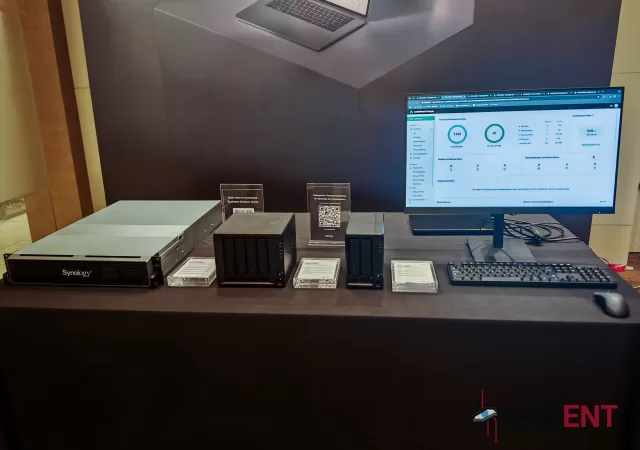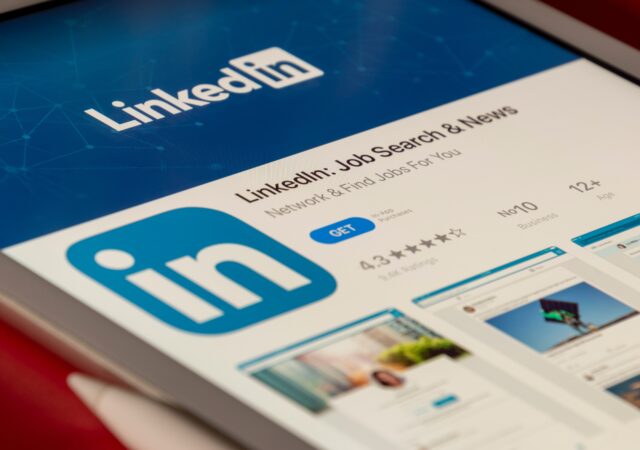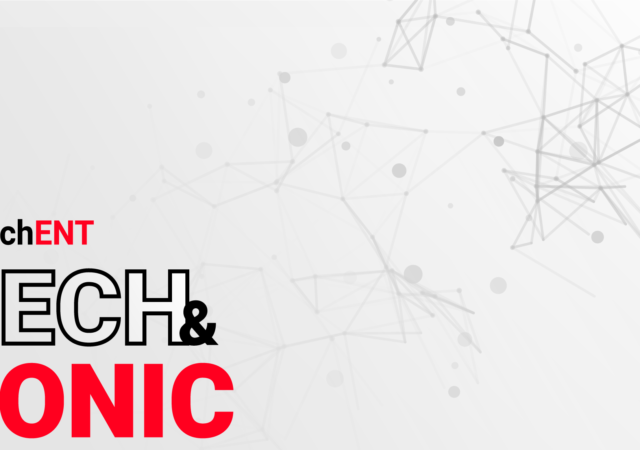AI security and safety are distinct but intertwined. Red Hat explores risks, challenges, and proposes solutions for standardized AI safety and security.
Synology Active Protect Now Available in Malaysia
Synology amalgamates years of back up and data security prowess in to a single, easy to deploy offering with its new Synology Active Protect offering.
Making Digital Safe for Kids – The Big Challenge of Marrying Features and Safety
As our reality becomes more digital, there is an increasing need to put technology to work to better serve our children but how do we balance that with safety?
Why Small Businesses Don’t Backup: Exploring Limitations and Solutions for Data Protection
Discover the best backup solutions for your business. Explore the 3-2-1 rule and find alternatives to protect your data without breaking the bank.
Unlocking Cost-Effective Data Management Solutions with Synology
Discover how Synology’s comprehensive data management solutions address the challenges of data storage and protection in today’s business landscape.
Recognizing Third-Party Risks & Addressing the Gaps with Identity-Based Security
FSIs and other organisations are facing increased exposure when it comes to third-party risk – an aspect of cybersecurity that has gone unnoticed.
533 Million Facebook Users’ Data Resurfaces Online from 106 Countries
Facebook seems to be having a row of things recently. The company initially faced humongous backlash on their implementation of data sharing policies between popular messaging app, WhatsApp, and the larger company. Now, it looks like old wounds are reopening…
Nintendo’s Security Breach Could be Worse than Initially Reported
Nintendo initially reported a security affecting users who were migrating from their legacy Nintendo Network ID to the new Nintendo Account on the Switch. It looks like it may be worse than expect
[Podcast] Tech & Tonic Special : Sitdown with Alex Tan of HID International about Biometrics and Security
In this special, we sat down with Mr. Alex Tan, the Director of Sales for the ASEAN Region for Physical Access Control Systems from HID Global. We had a conversation about some of the emerging trends in the industry on…












